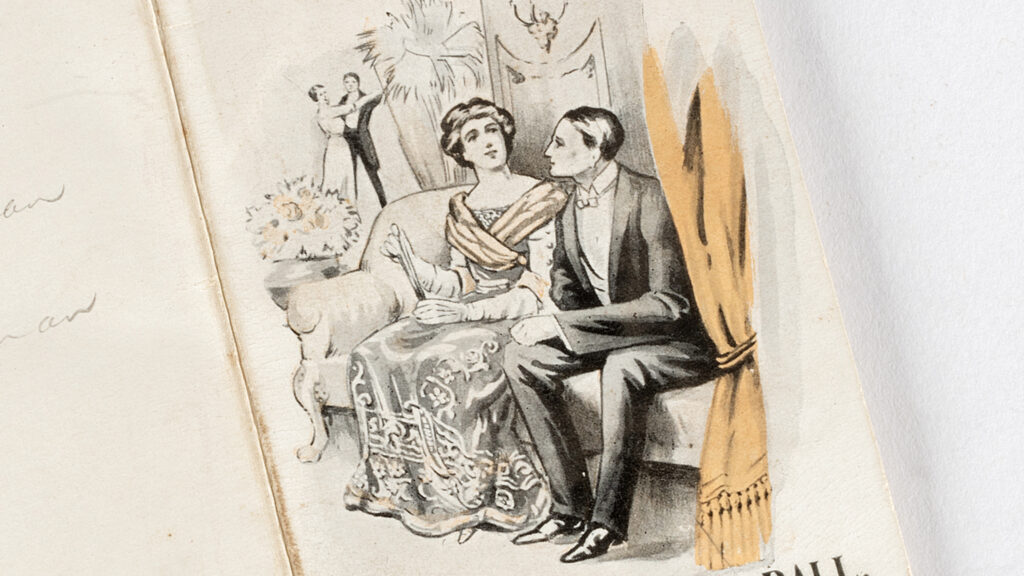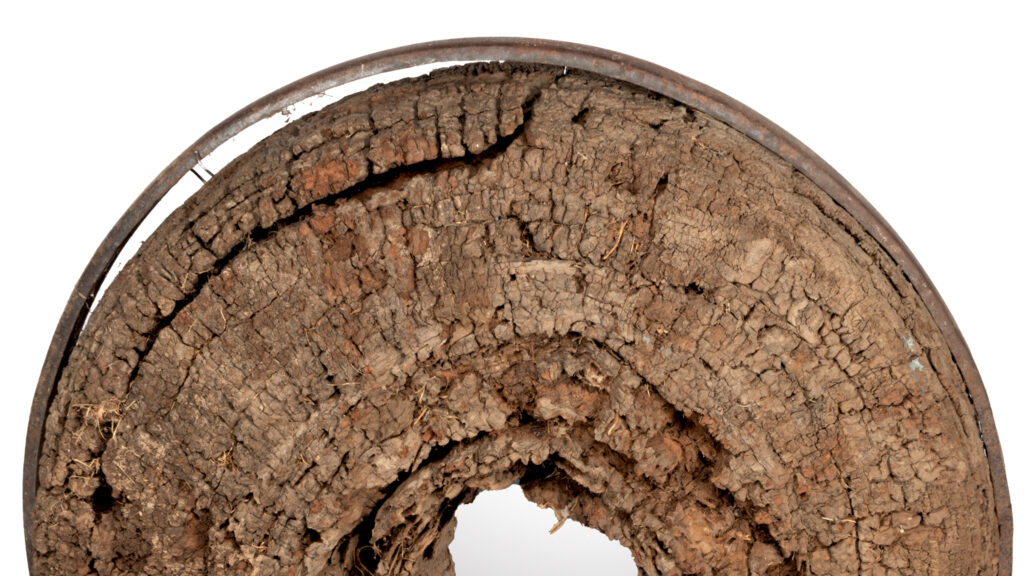
Established by one of Wee Waa’s earliest settler families in 1881, Schwager’s Sawmill grew to become one of the biggest businesses in town. Before the proliferation of the automobile, horse-drawn wagons with wheels cut from Ironbark trees wound their way through the lands of the Kamillaroi peoples, hauling logs from Pilliga Forest to Schwager’s Sawmill. […]
Read More…

World War I (1914–1918) stands as Australia’s most devastating conflict when it comes to loss of life and injuries. With a population of less than five million, a staggering 416,809 men signed up to fight. Sadly, over 60,000 of them never made it home, and another 156,000 were wounded, gassed, or captured. Volunteering for someone […]
Read More…

Don’t be deceived – these sparkling clean stainless steel vessels have a far from pristine history. Originally from Narrabri District Hospital, this bedpan was used by patients to urinate and defecate, while the basin could assist with any necessary washing. Made from Paramount stainless steel, they would have been used, cleaned, and then used again. […]
Read More…
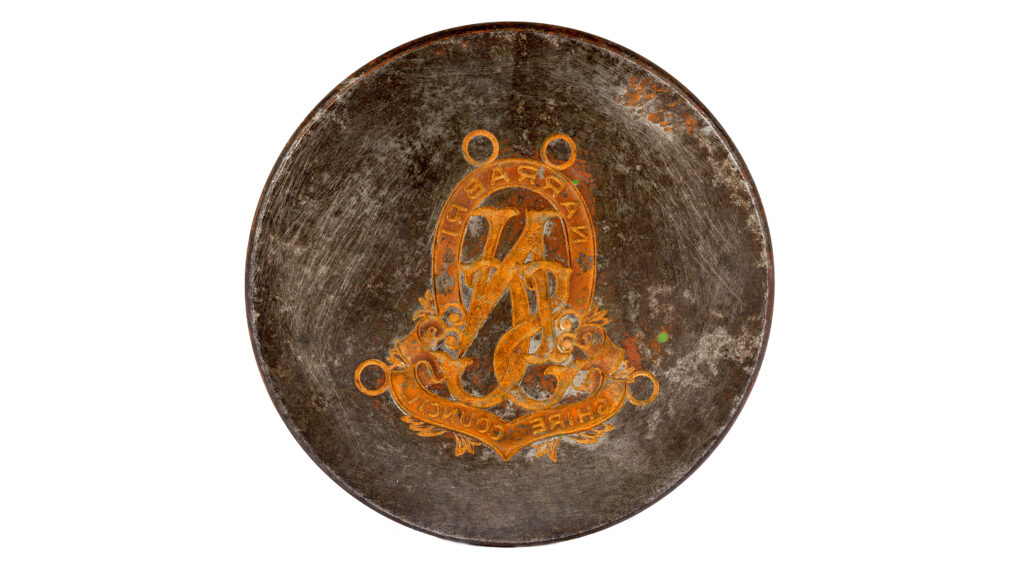
Weighing in at a hefty 15 kilograms, the seal of the Narrabri Shire Council is more than capable of impressing its mark on paper or wax. Seals have a rich history dating back to the Middle Ages, serving as to authenticate legal documents, records, and personal letters. This seal bears engravings of a cow, sheep, […]
Read More…
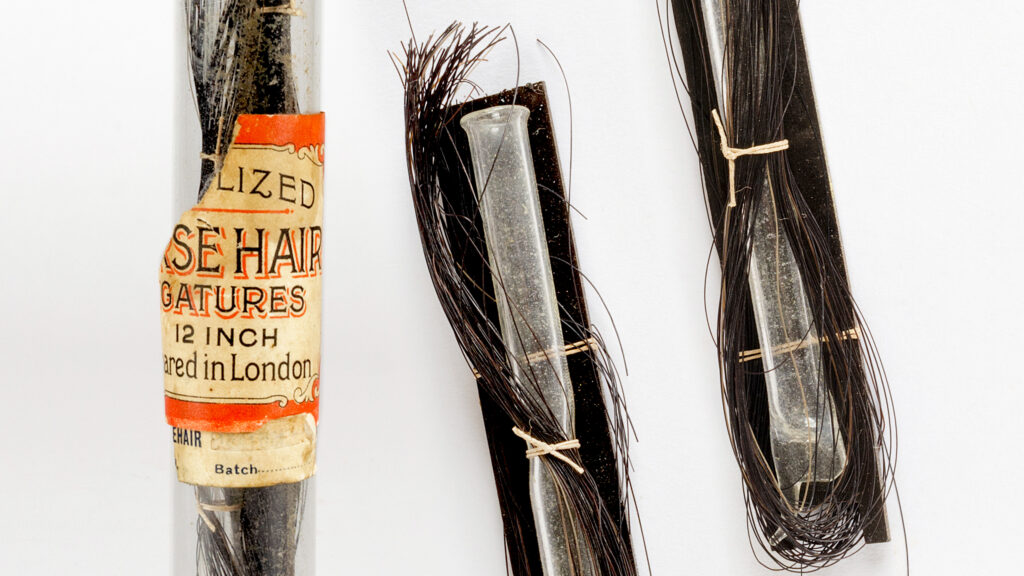
Don’t worry, they’ve been sterilised! Far from the synthetic stitch we know and love today, horsehair was once the star of modern surgeries. To reach the operating table, where they were used as sutures, this horsehair underwent a rigorous process to ensure they were suitable for use. After being precisely collected, measured, and cut, it […]
Read More…
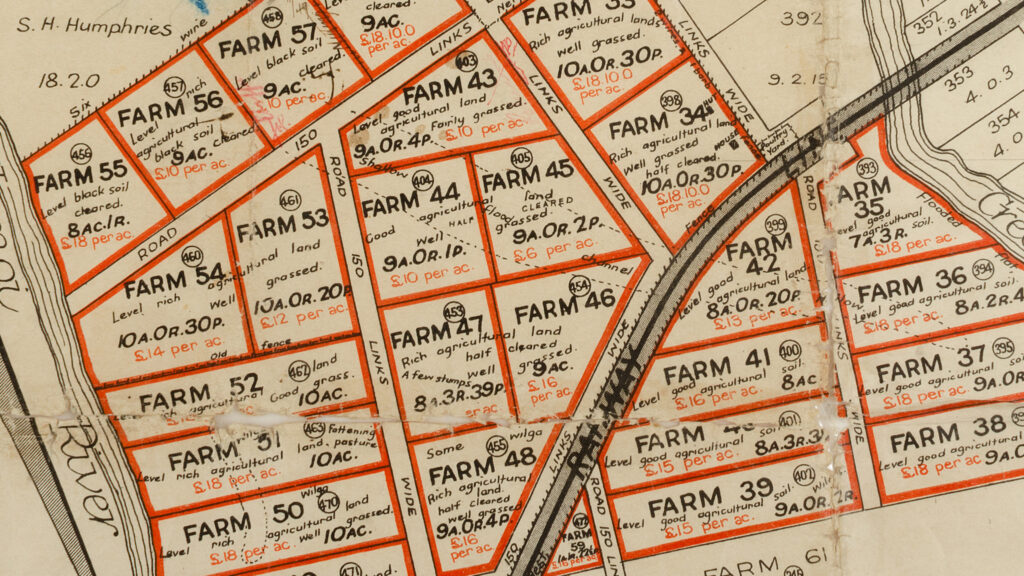
Proposed as affordable estates, Closer Settlement Farms were a way for the government to increase the profitability of the ‘new’ nation by promoting rural settlement and agricultural expansion. Immediately following Federation, the passing of the Closer Settlement Act in 1904 set in motion the re-acquisition of ‘Crown Land’ for subdivision and sale. This 1911 Tibereenah […]
Read More…
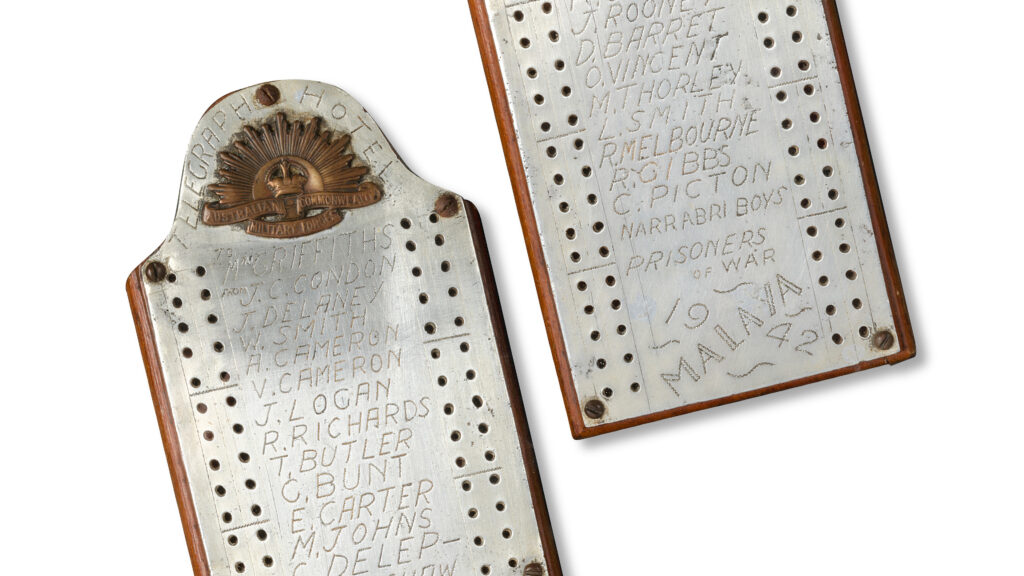
The humidity was dense, and the conditions were harsh. Day after day, Private John Condon endured starvation, forced labour, and tropical diseases while being held captive in Changi’s prisoner-of-war camp. Serving as part of the 10th Medical Corps, John had been captured by the Japanese on 15 February 1942 (known as Black Sunday) among […]
Read More…
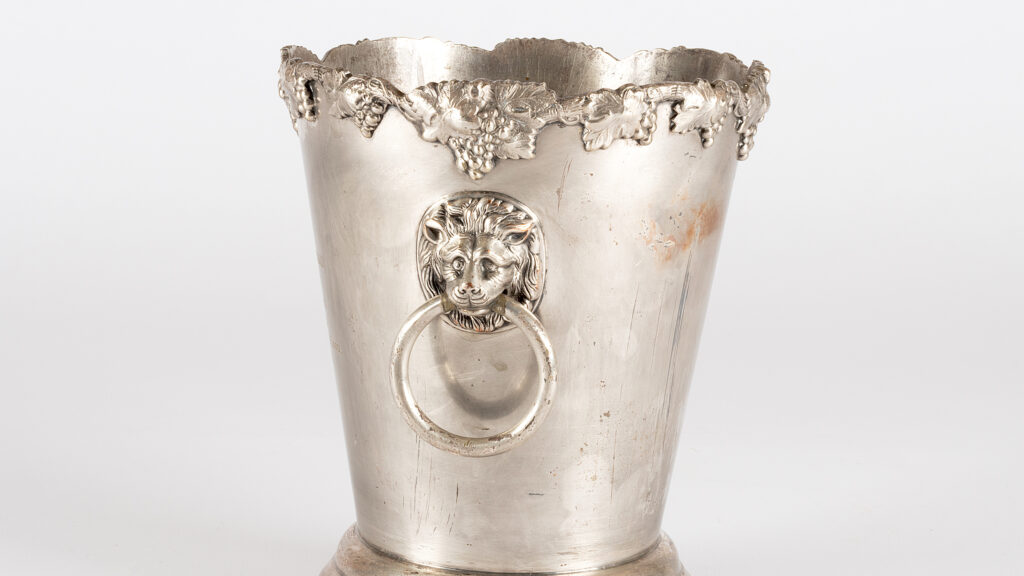
Narrabri is understood to mean ‘forked waters’ in the Kamilaroi language, its location being at the convergence of three waterways – the Namoi River, Narrabri Creek and Three Horses Arms Creek. Unrelenting rain in 1955 saw these waterways swell, causing the agricultural town to flood. With water rising rapidly, many residents took a handful of […]
Read More…
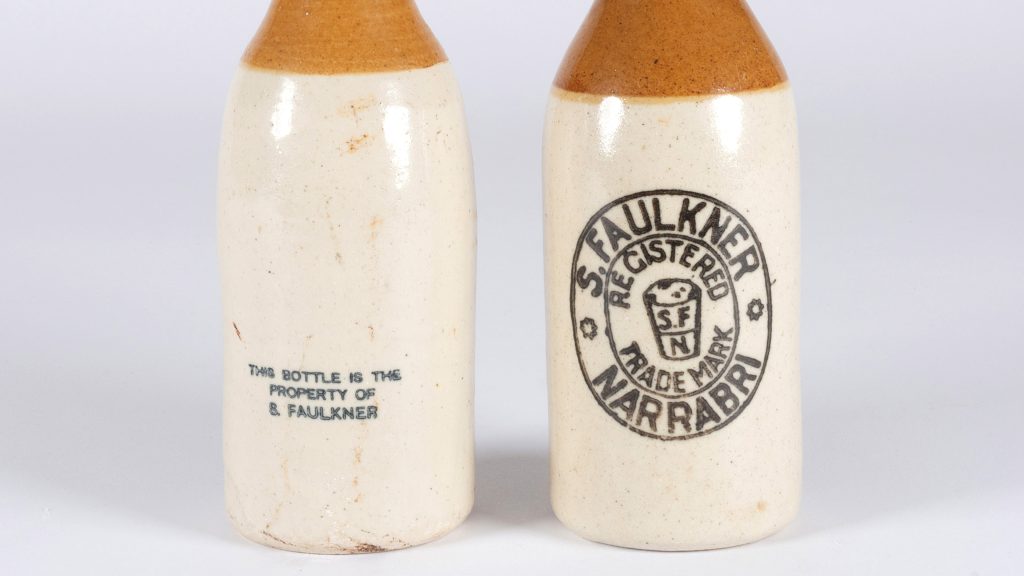
Standing the test of time, these ceramic bottles have remained in a near-pristine condition for over a hundred years. They tell the story of Narrabri’s famous cordial maker, Septimus Faulkner (1859-1936). In the late 1800s, a young Faulkner arrived in Narrabri to work for Edmund Fuss, a chemist who had turned to cordial making. Under […]
Read More…








